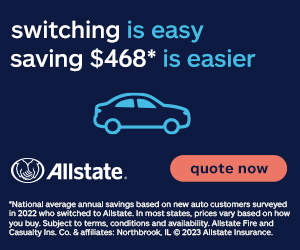What is it?
The tie rod is linked with the steering system of the vehicle and is responsible for turning the wheels of the car to maneuver corners easily. Tie rods give optimal control over your vehicle while also increasing personal safety. Even though tie rods looks simple in design, they actually comprised of several different pieces that work together.
Tie rods have two main components, which are the outer tie rod and the inner tie rod. Both are connected by ball joints that are greased and protected. The most common problem that affects tie rods are that they tend to get loose and worn out over time.
This generally happens when moisture gets inside causing corrosion or when the rubber boot of the rod cracks or deteriorates. The longevity of your tie rods are contingent upon driving habits, road conditions, and whether your car has undergone any accidents.
Why do I need it?
Driving with a loose tie rod is a major safety concern because if it falls off you will lose control over your vehicle entirely. This can also happen when the tie rod separates or breaks apart. You could even experience front suspension problems and excessive tire wear if you fail to maintain them. For your safety and others, it is important you take this maintenance seriously.

What are the symptoms of needing a tie rod replacement?
The good news is that you can easily spot the symptoms of a damaged tie rod by paying attention to the following:
- Uneven tire wear
- Steering wheel feels loose
- Squealing sounds come from the vehicle whenever you make a turn
- There is a loud, clunking noise coming from the front end of the car
- Your car pulls to one side when you’re driving
It’s important to take immediate action if you notice any of these signs in your vehicle. Driving with a damaged tie rod is a serious hazard.
What happens if I don’t get it replaced?
Driving your car with a bad tie rod can negatively impact the wheel alignment of the vehicle and may even cause front end suspension damage. As noted earlier, the tie rod can also fail completely which would cause the driver to lose complete control over their vehicle, increasing chances of accident and or injury. It is strongly recommended that car owners get regular tie rod inspections to prevent costly damage or serious complications on the road.
